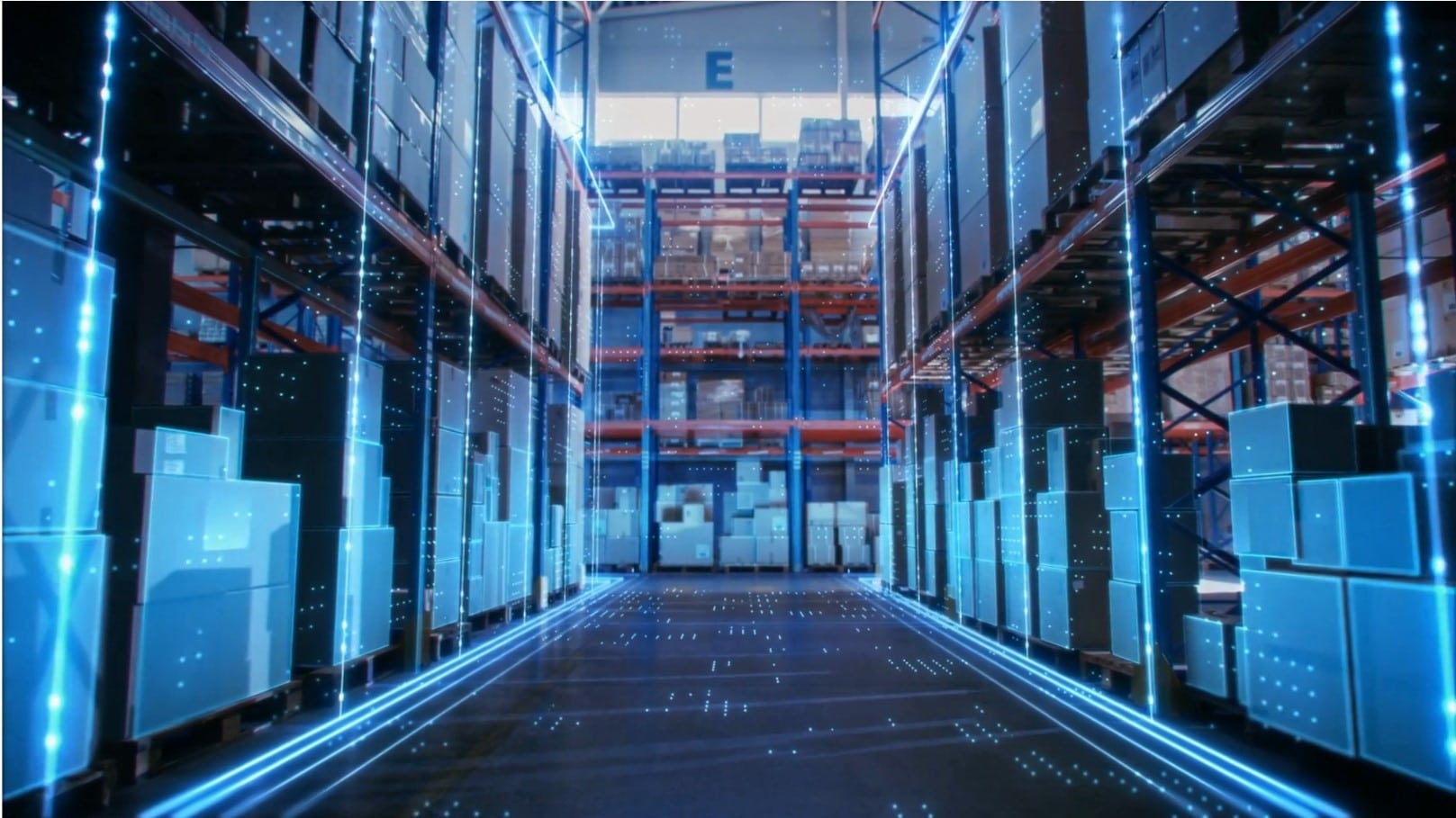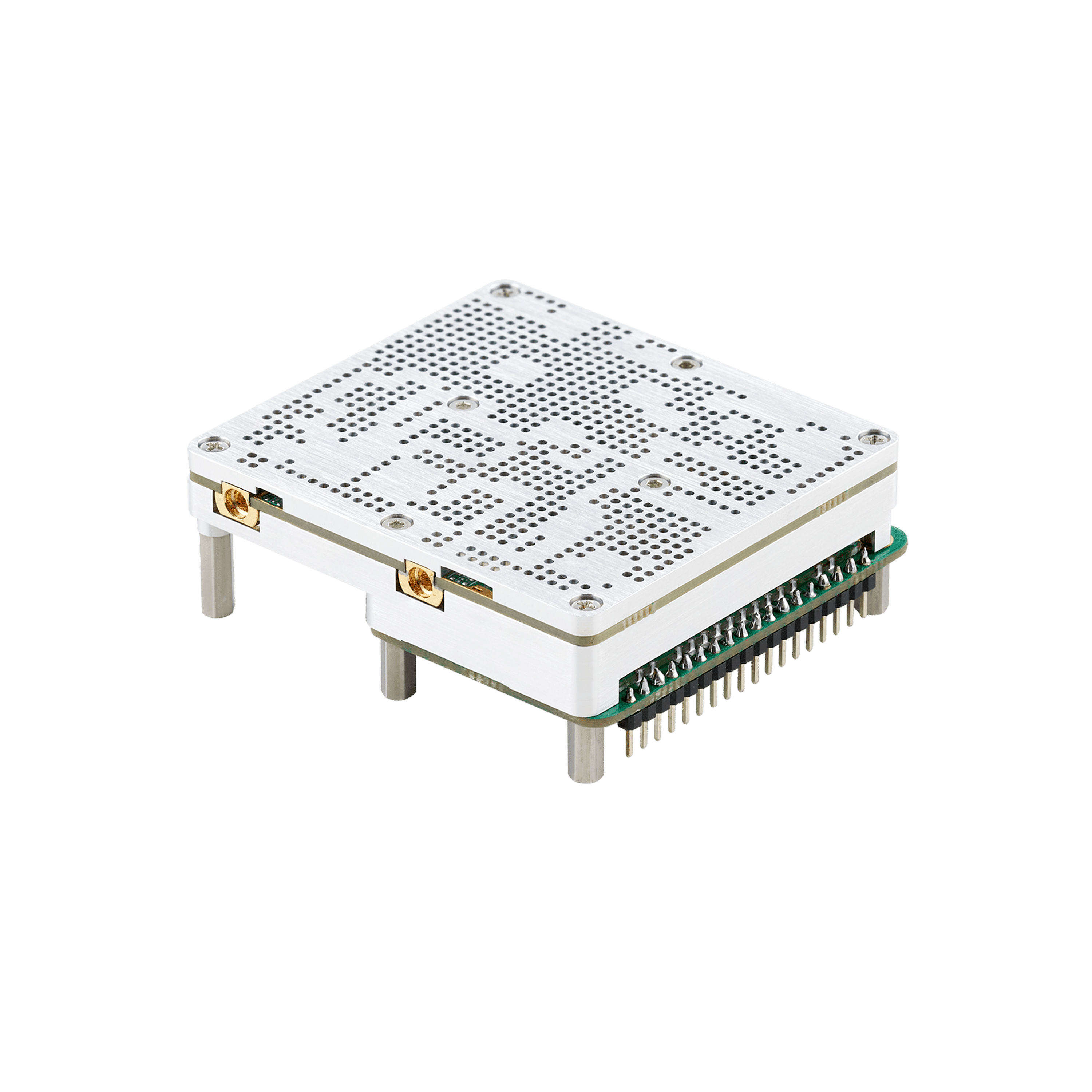A leading warehouse automation provider recently opened a facility that’s as incredible in its size and scope as it is groundbreaking in its use of robotics to achieve logistics efficiency.
But in such a large-scale warehouse with carefully synced, automated mobile robots, networking requirements are complicated and especially demanding, and standard WiFi won’t cut it.
To maintain connectivity and keep the carefully orchestrated robotic automation moving safely and reliably, the company instead turned to Doodle Labs’ Mesh Rider Radios to deploy a mesh network and provide a reliable, agile solution upon which its entire operation can rely.
Networking Challenges
The warehouse is 50m tall, with 15 levels of storage pallets and a total storage capacity of over 80,000 pallets of goods. Each pallet weighs up to one ton. Using advanced mobile robotic technology in the form of automated “sleds,” each under the careful control of an automated central control center, the facility can move 12,000 pallets every 24 hours of operation.
But the challenges to network connectivity and sources of potential interference in a facility of this type are many. Conventional WiFi has technical limitations that can lead to disconnections and delayed commands which, in an operation as large and complex as this, can bring the entire warehouse to a complete halt.
An automated facility of this magnitude ALSO needs to be able to operate without much human intervention. This particular site houses minimal staff, to the point that it is completely dark inside the warehouse, by design.
Under control from a central traffic control system, 32 shuttles move across the facility’s 15 levels and move pallets in and out of its floor-to-ceiling racks. The shuttles travel at speeds between 4m and 2m-per-second.
The racks and the facility’s entire structure are made of metal.
The dynamic mobility of the robotics and the makeup of the facility itself add up to a particularly challenging RF environment.
The Solution
The autonomous facility makes use of the Doodle Labs Wearable Mesh Rider Radio with Dynamic Mesh for reliable networking.
The warehouse has a total of 66 strategically-placed wireless access points that are connected by ethernet cables, each affixed across three distinct floors of the warehouse and set up an average of 20 m apart from one another. Each access point features a Doodle Labs RM-2450 Mesh Rider Radio equipped with Omnidirectional (~3 dBi gain) external antennas.
Same as these static nodes, the shuttles that move pallets are also fitted with Doodle Labs RM-2450 Mesh Rider Radios, fitted with special antennas. Each mobile node wirelessly transceives signals to and from a corresponding central control device that works to operate the shuttle.
Scalability and Zero-Latency Handover Create a Rock-solid Network
The facility has a mix of both latency-critical and non-critical applications that depend on the wireless network. Doodle Labs Mesh Rider Radios use a dual radio setup and handle all latency-critical applications with higher priority than non-critical traffic. The static APs serve two separate wireless networks – one on the 2.4 GHz frequency and another on 5 GHz. These two networks keep the mobile shuttles wirelessly connected for all their operations, including both low- and high-criticality applications.
The central shuttle controller sends out MQTT traffic through the mesh network to each shuttle once every 100ms, then every shuttle responds, updating the traffic controller of its position and state. These data are called called ‘keep-alive packets.’ If a shuttle does not respond to the message within 2 seconds, it is considered offline and goes into a state of “disconnect.”
While this 2-second window might be just fine for non-mobile or slow-moving devices, not so for a fleet of modern, densely-deployed intralogistics robots. During their regular operations, the shuttles travel back and forth across the warehouse, possibly carrying liquids, crossing a static access point every ~10 seconds.
Maintaining this type of connectivity is a heavy lift for any network, let alone one deployed in an area with many metallic racks and material goods as obstacles.
All told, the network boasts about 100 nodes with thousands of links between them. Mesh Rider efficiently manages packet routing through its multipath routing mechanism, which empowers seamless roaming for all 32 shuttles in the warehouse with zero handover times as they connect and reconnect with one another, continually. Importanty, the average ping times of the safety network is measured to be around 10ms with very low jitter.
Bandwidth Flexibility Serves all Data Needs
Along with the keep-alive packets, the wireless network also needs to carry all the necessary control traffic to keep the warehouse running smoothly.
The bandwidth used by raw MQTT data is around 50 kbps. But considering the actual data size alone is not indicative of the traffic, as the rate at which these messages are sent and the sheer number of nodes on the network make this number shoot up quickly. Adding the network headers and other overheads, the throughput of the network is more likely in the 200-250 kbps range.
Mesh Rider Radios allow the facility the flexibility to scale bandwidth use up or down without threatening the health and effectiveness of the network.
Dual-radio Functionality Enables Easy Maintenance
Control and safety traffic in the network is latency-critical and must be transmitted quickly. But there is other, separate traffic that is also important for seamless warehouse operations, including traffic related to operations and maintenance tasks like logging and remote access.
While this type of traffic doesn’t require quite the same level of reliability as control and safety traffic, it still demands high-bandwidth connectivity to the shuttles, which Mesh Rider Radios provide.
Also aiding maintenance efforts, the RM-2450 in each of the shuttles also hosts a “hotspot” to which maintenance personnel can manually connect to manually intervene and drive the sleds using their smartphones during an intervention.
With Mesh Rider radios, site staff can easily set up new nodes without the need for manual configuration.














